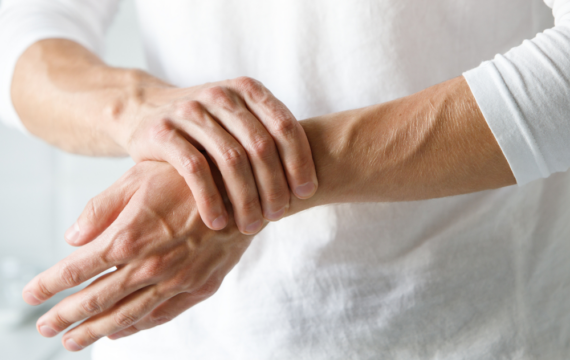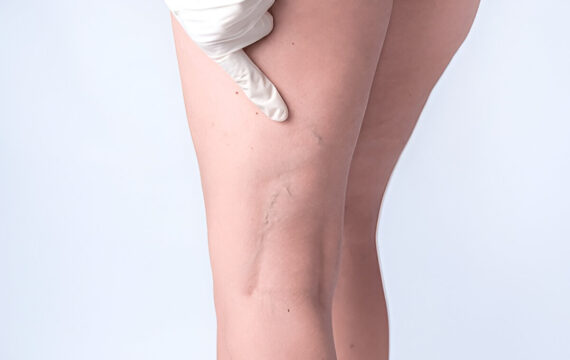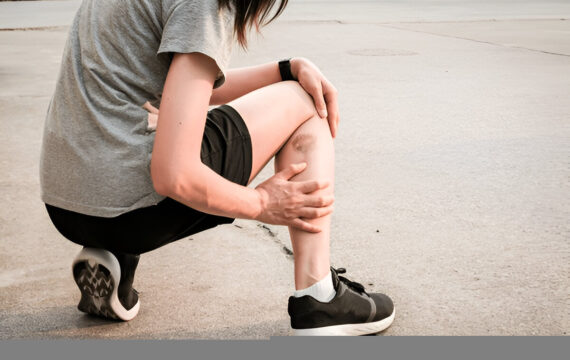Varicose Veins: Expert Advice and Prevention Tips
Varicose veins are a common concern, but there are steps you can take to prevent them and understand their underlying causes. Here are the top six preventive measures recommended by experts:
1. Avoid prolonged periods of standing or sitting without breaks. When sitting, refrain from crossing your legs, and elevate your legs when resting or sleeping to aid blood flow.
2. Engage in physical activities to promote leg movement and enhance muscle tone, facilitating blood circulation.
3. If overweight or obese, aim to lose weight to reduce pressure on your veins and improve blood flow.
4. Avoid tight clothing, especially around the waist, groin, and legs, as it can exacerbate varicose veins.
5. Limit wearing high heels for extended periods to alleviate strain on your legs and veins.
6. Consider wearing compression stockings if recommended by your doctor to apply gentle pressure on the legs, preventing blood pooling and reducing leg swelling.
Understanding Varicose Veins: Anatomy and Causes
Varicose veins develop when the walls of veins stretch and weaken, impairing the function of one-way valves that regulate blood flow. This leads to blood leaking backward and accumulating in the vein, causing swelling and visible varicose veins. Perforator veins, connecting deep and superficial veins, can also contribute to complications such as skin ulcerations, known as Superficial Venous Reflux Disease.
Risk factors for varicose veins include genetics, obesity, smoking, sedentary lifestyle, and occupations involving prolonged sitting or standing. Aging and gender, with women being more susceptible, also increase the risk, especially during pregnancy.
Diagnosis and Treatment Options
Diagnosing varicose veins involves a physical exam and possibly a diagnostic ultrasound to assess vein function and detect blood clots. Treatment options include:
1. Sclerotherapy: Injection of a saline solution into the vein to gradually dissolve it over several weeks.
2. Endovenous Laser Ablation (EVLT): Insertion of a laser fiber into the vein to collapse it using laser energy.
3. Radiofrequency Ablation: Insertion of a catheter into the vein to deliver radiofrequency energy, causing the vein to heat, collapse, and seal shut.
Prevention and Management
While varicose veins cannot always be prevented, you can minimize their progression and the risk of developing new ones. Lifestyle changes such as maintaining a healthy weight, staying active, avoiding prolonged sitting or standing, and wearing compression stockings can help manage symptoms and prevent complications. Seeking early treatment can also prevent serious complications and improve overall leg health. At Relevium in New Jersey, our experts offer safe and effective treatments to enhance leg appearance and prevent long-term health issues associated with varicose veins. Contact us at 973-200-4695 for a quick consultation and appointment to discuss your options.




